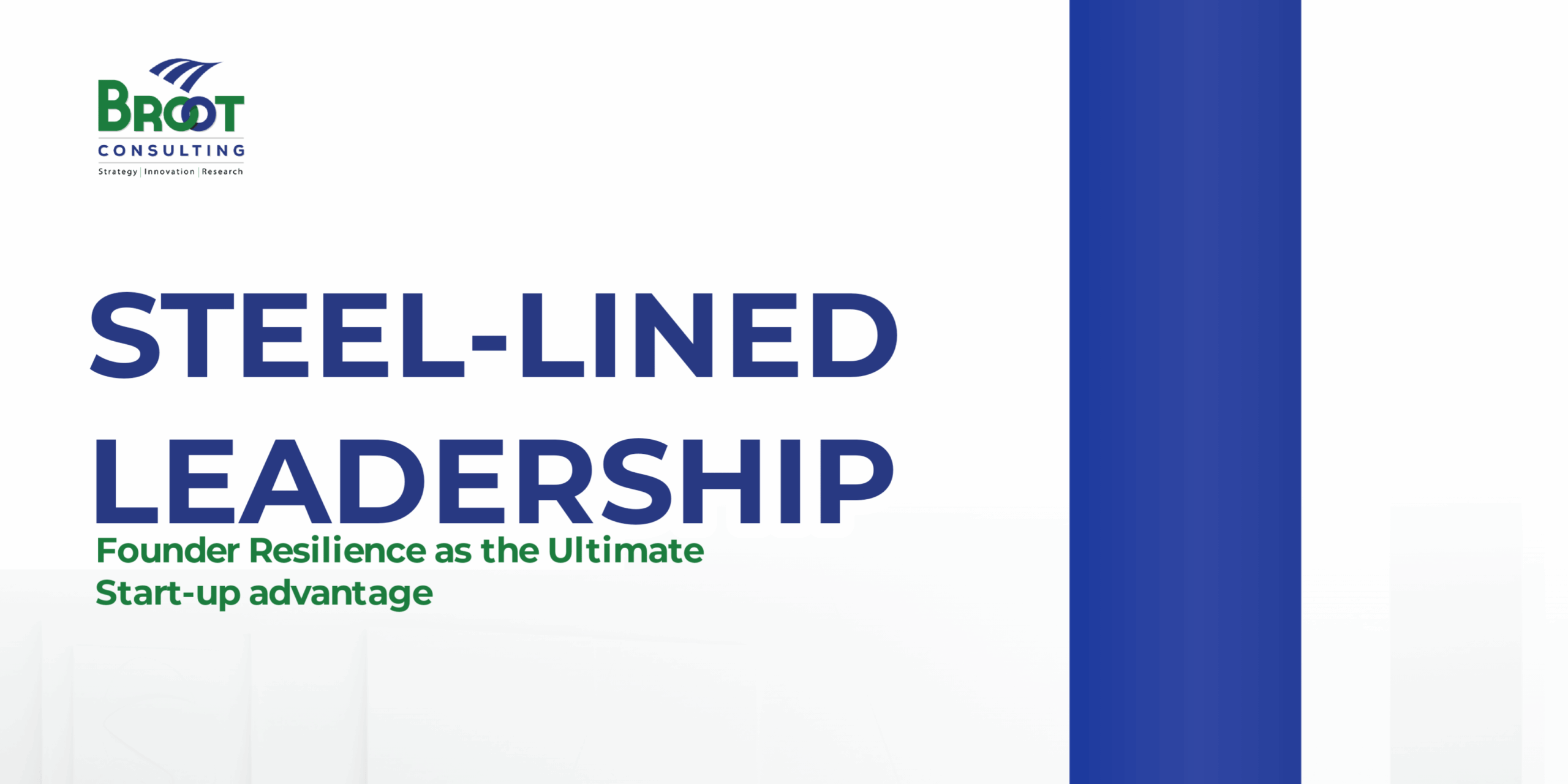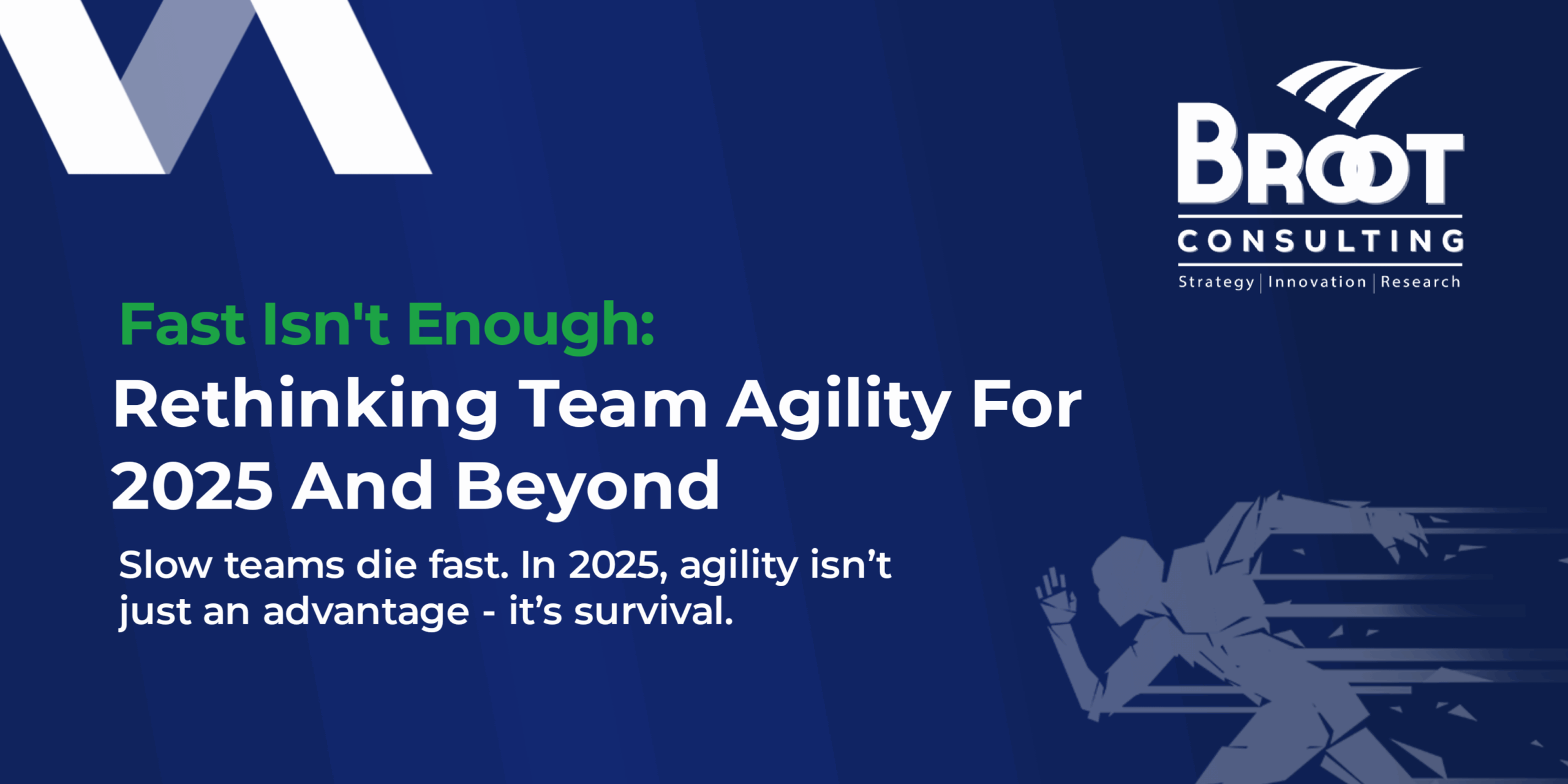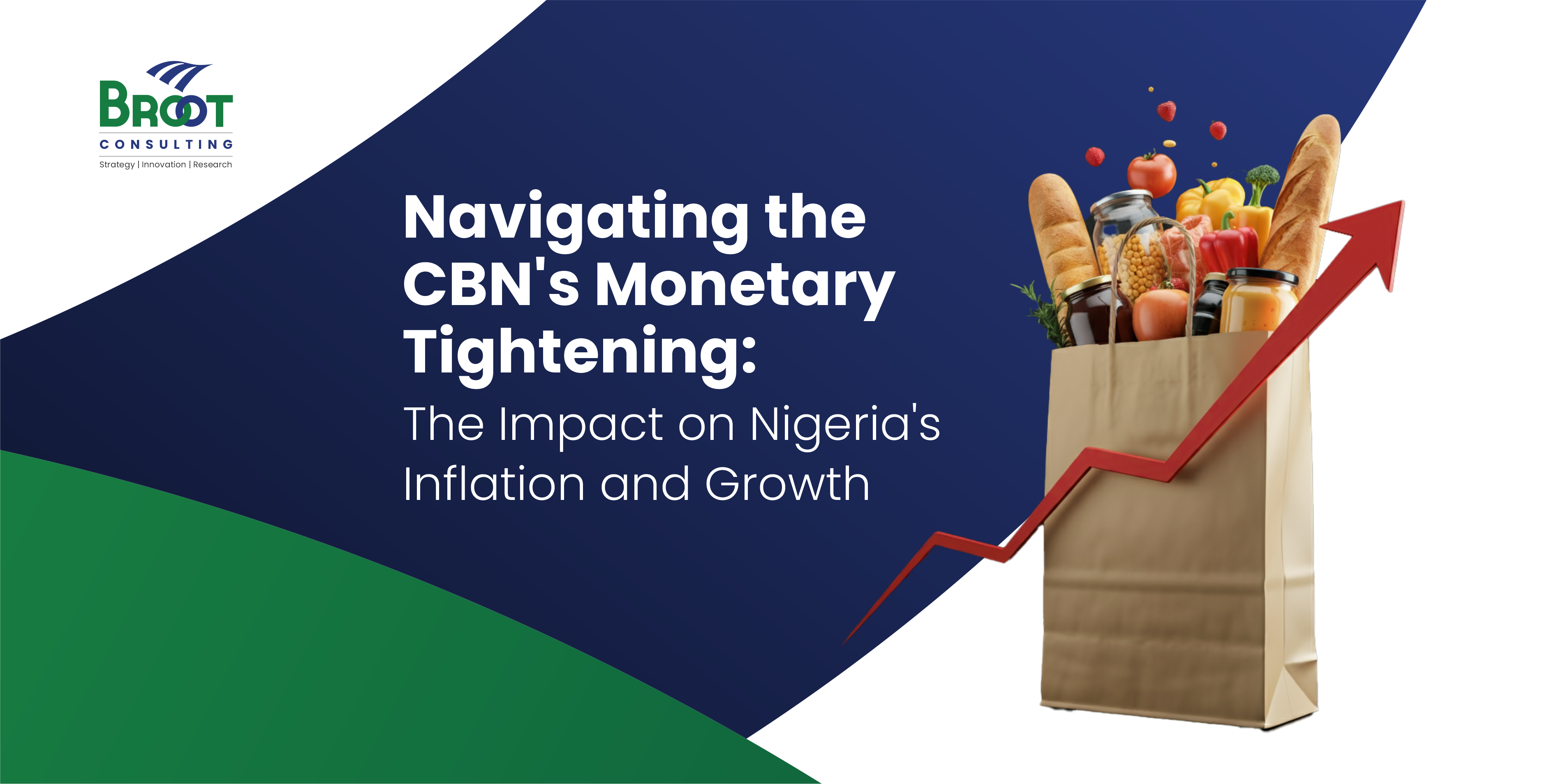“when the winds of change blow, some people build walls, and others build windmills- Chinese proverb.”
Close your eyes for a minute and quickly imagine that you suddenly lost the ability to feel, see, walk, talk or hear. Now, in this state of imagined disability, what will you like to be done to enhance the usability of a particular product or service offering for which you are either a customer or a producer?
No one deserves to be in an unpleasant situation, take, for instance, reading my little exercise above, some may have said in their minds: God forbid! However, the reality is that unfortunate events and experiences are a daily occurrence.
August de Los Reyes, had a great career as the Head of Design for Microsoft Xbox. He was 42years old in 2013 when the unexpected happened. He fell out of bed and hurt his back. He was taken to the emergency room of Bellevue’s Overlake Medical Center. When he got there, he informed the medical team that he has a rare inflammatory disease that made his spine fragile and susceptible to fractures.
He visited the emergency room four times because of the persistent pain. Unfortunately, missed diagnosis and poor communication led to medical errors that made him paralysed from the chest down. In his interview with JoNel Aleccia, of Seattle Times Health Reporter, He said
“I went into the ER and while I was there, my back broke,”
His Attorney, Robert Gellatly of Seattle’s Luvera Law Firm stated “Poor communication and missed diagnosis caused de Los Reyes’ injury, but the situation was exacerbated by doctors and care providers who blamed each other for the mistakes.”
The painful thing in the episode
“Nobody took ownership of his care.”
It may interest you to know that according to an analysis by surgeons at John Hopkins University Medicine in Baltimore, USA medical errors are the third leading cause of death in the U.S, only exceeded by heart disease and cancer)
De Los Reyes spent months in rehabilitation learning to adjust to his new life and cope with all the emotional trauma. Though he received $20 million as settlement for medical negligence with an unusual court ruling that he should be included in the hospital’s efforts to improve patient safety protocols, unfortunately, that would not change the truth: He would never walk again.
After the accident he was a bit disillusioned and wondered what will become of his big dream, he was not feeling cool with anything anymore, for months he refused to check his emails or used his mobile phone. However, the experienced changed when his sister brought his laptop, and he saw a barrage of emails and voicemails from loved ones who wondered why he should entirely disappear from all activities. He got encouraged to go back to work to feel right again.
He got back to Microsoft, into the warm embrace of colleagues and friends, they went to a favourite restaurant, but he had difficulty getting inside because of “little” curb that some contractor had overlooked, this changed his worldview, in his interview with Cliff Kuang of FastCo. Design, he said empathy makes the world a better place, “That’s what radicalised me.” The question was: Radicalized him to do what?
Photo credit: Alan Berner / The Seattle Times
Design focuses on diversity
De Los Reyes saw disability as a design problem; Leaders need to self-evaluate and reflect on the degree of thoughtfulness placed on their product design and service offerings. We live in the era of disruptive innovation, where top-notch change is required to keep the business afloat. Marketable product or service should be created to benefit even those in the underserved or the neglected market.
A little secret in capturing the underserved market may be found in adopting the disruptive innovation that builds the business model on INCLUSIVE DESIGN. The need for inclusive design becomes more glaring when we consider that.
According to the World Bank, there are 7.2billion people in the world, and 15% (One billion) of this population live with disabilities. The exclusive nature of most of the services and products subject them to adverse socioeconomic outcomes because of inadequate access to physical environments such as transportation, the absence of assistive devices and technologies that create gaps in communication and service delivery. Added to this list are the unfair prejudice and stigma in society. The Sustainable Development Agenda for 2030 advocate that disability should not be criteria for lack of access to development. People with disabilities are most times viewed as unprofitable customers; this mentality celebrates parochialism forgetting that different customers have different needs. A product or service designer should be willing to open up his or her mind to the endless possibilities when it comes to product or service creation.
Disability Inspired Inventions
Inclusive design creates accessibility and makes the world a better place. The continued existence of a vastly underserved market only exposes narrow-mindedness in leadership. Every leader must quit the blame game role to that of self-accountability that use empathy to improve accessibilities to products and services. Some of the assistive technology in the world today that later became mainstream product may never have happened if they had not been inspired by the desire to improve the lives of people living with disabilities. Think of telephone, typewriter, email or predictive text.
Typewriter: In 1808, Pellegrino Turri built the first typewriter, so that his blind lover, Countess Carolina Fantoni da Fivizzano, could write letters more legible. The invention eventually benefitted all, though the typewriter is gone from the market virtually; the keyboard remains on our telephone, laptops, tablets or PCs.
Telephone: In 1872, Alexander Graham Bell invented the phone to help individuals with hearing challenges, he desired to develop the machine that enables recording and transmitting vibrations of speech. This gave birth to the telephone which today, is a primary mode of communication among people.
Email: in 1972, Vint Cerf (one of the fathers of the Internet) programmed the first email protocols for the emerging internet. His primary motive was for him to be able to communicate with his deaf wife while he is at work. He believed the electronic mail would facilitate a fast and speedy communication, today, email is used by all and sundry regardless of status.
Prediction Text: In 1988, after decades of development, a fully functional keypad to text system was patented by Roy Feinson, a South Africa born software engineer. The fully functional keyboard enabled all of us the benefit of predictive text today. The inspiration for this invention was to create an effective system for communicating with deaf people via the telephone. With the advent of the mobile phone, this technology quickly found a new use, and within a short period, found its way into the hands of billions of cell phone users.
Punch Cards – In 1890 Herman Hollerith developed an electromechanical punch tabulator; he had a cognitive processing disability and decided to create a system where punch cards could be used to transport data from that year’s census. He later found the Tabulating Machine Company, which is today known as IBM. His desire to process data more efficiently saved people and organisations across the globe countless hours of time that otherwise would have been wasted in compiling and tracking data.
August de Los Reyes Impact:
De Los Reyes returned to Microsoft at a critical moment when Satya Nadella assumed the Office of Microsoft CEO. Satya appointed Albert Shum as the Director of Design for all Microsoft products, at a meeting summoned by Shum to brainstorm on the concept of Design at Microsoft, De Los Reyes came up with an idea of Universal design that will make all Microsoft product have universal accessibility. The idea was found appealing by Kat Holmes who has been working on how Microsoft virtual personal assistant (Cortana) should interface with users. De Los Reyes argued for universal design, and this formed the bedrock of design at Microsoft.
Kat Holmes observed that “If anyone can inspire change and excel in places where most people see insurmountable barriers, then, it is De Los Reyes. He sees the opportunity for better design, and he is somebody who can take an unthinkable situation and turn it into something that is revolutionary.” De Los Reyes’s ambition is a radical inclusive design that makes better products for everyone and not just people with disabilities. Now with Pinterest as the Design Manager, his ambition remained the same but extended to equitable design, or how tools like software can better accommodate gender and the marginalised communities in addition to using design as a force for ecological change.
The Power of inclusive service offering and product
The importance of inclusive design cannot be overemphasized, it helps to create more markets and reach more consumers. The UK design council recently showed that companies who incorporated inclusive design into their product and service outperformed their competitor over a market period of ten years.
The way forward
Katie Holmes, who now runs her own consultancy firm KATA after leaving Microsoft as the Design Director, pointed out three principles that must guide inclusive design:
- Recognise exclusion: exclusion become a reality when we tend to solve the problem as it affects us, inclusive design happens when we remove our biases from the picture and see the underserved market as a great opportunity.
- Human beings are the real experts in adapting to diversity. Inclusive design puts people at the centre from the very start of the process, and those fresh, diverse perspectives are the key to true insight.
- Solve for one, extend to many. Everyone has abilities, and limits to those abilities. Designing for people with disabilities actually results in designs that benefit people, universally. Constraints are a beautiful thing.
Conclusion
The inclusive design compels designers to think outside the box to create product or services that can be accessed by all users regardless of their age, gender, mobility, circumstances and ethnicity It is a more realistic approach to design that incorporates flexibility, responsiveness, convenience and safety in order to give customers the best experience. As you explore your environment in the office or home, think of inclusiveness.
Employees should be empowered like De Los Reyes, so they could take an unthinkable situation and turn it into something revolutionary. When we empathize, we create things that we might never have created ourselves.
Want to know more about inclusive design and design thinking in general and how it can help your company grow? Then don’t miss out on the three-day workshop organised by BROOT consulting and DesignThinkers academy it promises to be fun and profoundly insightful.
This article is co-authored with my daughter, a Final year student at the Law school who currently serves as an Intern at BROOT Consulting.
 Dr Olukunle A. Iyanda, Ph.D., FCA, MBA
Dr Olukunle A. Iyanda, Ph.D., FCA, MBA
Founder/Chief Executive Officer, BROOT Consulting
iyanda@brootc.com




